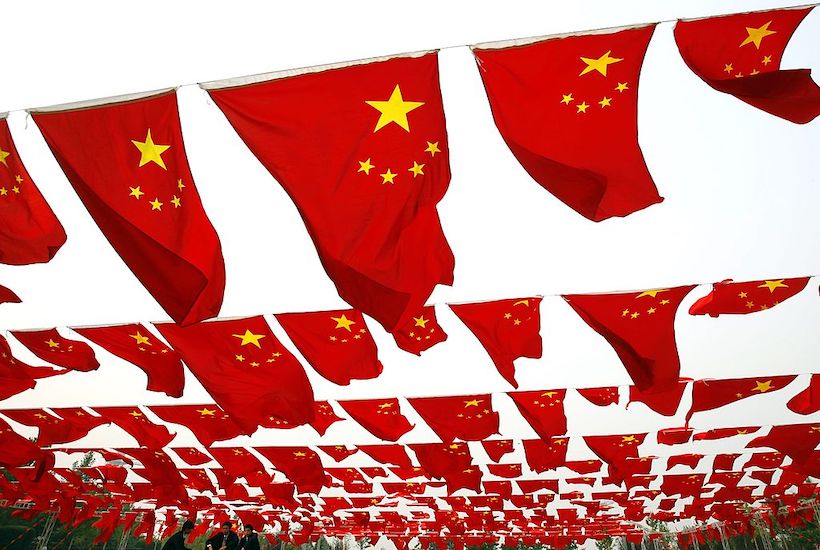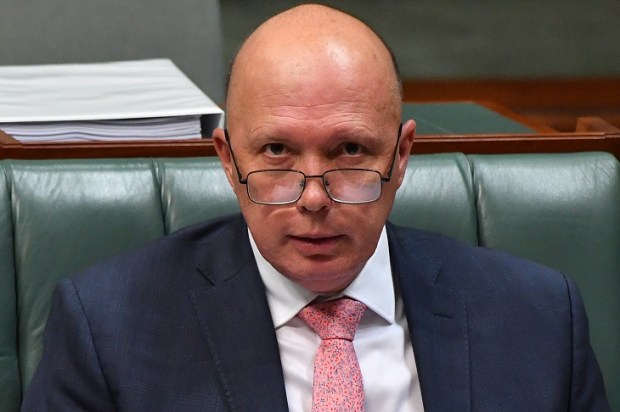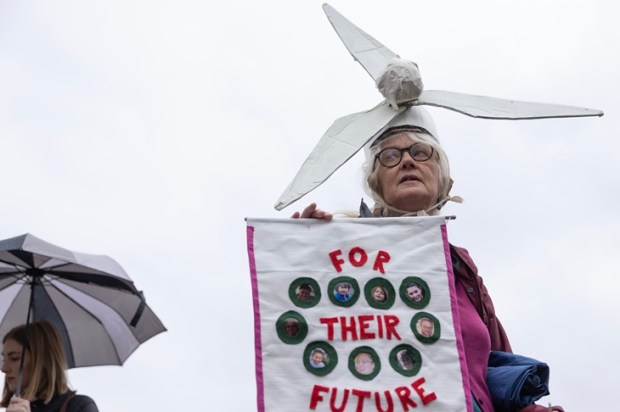“Indo-Pacific” is now the official term used by Australia policymakers to describe our geopolitical location and context, but the National Curriculum foisted on Australian children continues to use the Keating-era description of “Asia”. It is time for a change.
The invocation of “Indo-Pacific” by Scott Morrison (and Joe Biden and Boris Johnson) in announcing the AUKUS Pact is only the latest and most important signal of how we should be thinking about the very challenging world around us. His Ministers for Education and for Defence, Alan Tudge and Peter Dutton, both have an interest in ensuring this is now reflected in our education system.
At one level this is a simple matter of alignment between our geopolitical interests and our education system. At another level, such a change would directly confront the activities of the propagandists of the Chinese Communist Party who have used their Confucius Institutes and beautifully produced curriculum materials to capture the attention of hard-pressed teachers in Australian classrooms.
“Asia and Australia’s Engagement with Asia” is one of three Cross Curriculum Priorities (another CCP acronym!) in the National Curriculum. The review recently undertaken by ACARA suggests some tinkering with how it is delivered, but no fundamental change. Perhaps this is not surprising, as ACARA conducted the review “in collaboration with the Asia Education Foundation (AEF)”, an off-shoot of Asialink (based at Melbourne University), which itself hosts a Confucius Institute.
The Australian Government’s language, however, moved on some time ago. The 2017 White Paper said, for instance:
The Indo–Pacific democracies of Japan, Indonesia, India and the Republic of Korea are of first order importance to Australia, both as major bilateral partners in their own right and as countries that will influence the shape of the regional order.
In 2019 the Prime Minister, Scott Morrison, bluntly told an Asialink forum “The Indo-Pacific is where we live.”
Notionally, the definition of “Asia” used in the National Curriculum is broad enough to align with the Indo-Pacific idea. It includes “North-East Asia”, “South-East Asia”, South Asia (what once would have been called the Sub-Continent, including India), Central Asia, and “West Asia” (more familiar to most Australian as the Middle East).
Practically, of the countries in the regions so named, only the one controlled by the CCP has worked overtime to ensure teachers’ needs for curriculum materials are met by its products. The story of the spread of Confucius Institutes throughout Australia – including at the NSW Department of Education – is now well documented (thanks to ASPI’s Alex Joske) but still deserves to be better known. As long ago as 2015 The Age reported:
Victorian schools are pocketing $10,000 from a Chinese government body and getting free teaching and course materials to offer its Chinese language and culture courses…the program – known as Confucius Classrooms – was rolled out to a further three Victorian schools in 2015… Confucius Classrooms are administered by the Confucius Institute, headquartered in Beijing’s agency known colloquially as Hanban.
Since then Clive Hamilton, in Silent Invasion, has exposed the work of Hanban and the Confucius Institutes to a much higher degree of scrutiny, and detailed its relationship to the broader propaganda aims of the CCP.
Anecdotal evidence suggests that even in Australian schools where the reach of Confucius Institutes may be weak, the requirement on teachers to address the a cross-curriculum priority about “Asia” leads them grab at resources which retail various bromides about the glories of the “5,000 year old civilisation that is China” (itself a tendentious propaganda meme exposed by Bill Hayton in The Invention of China, 2020), and even referring to the ludicrous story of Admiral Cheng He’s alleged exploration of Australia in the fifteenth century. Remarkably, there appear to have been no systemic evaluations of what is actually taught to meet the requirements of the curriculum.
Cross-curriculum priorities are a malign feature of a national curriculum dominated by fads and progressive obsessions, but if we can’t get rid of them at least let’s make them work for rather than against our national interests. And for goodness sake let’s get on with terminating all the agreements with the Confucius Institutes.
So, “Indo-Pacific”, what’s in a name? Perhaps not much, but if calling it that facilitates Australian students focussing more on democracies with who we have rich and historic links through history and immigration, like India, or through diplomacy and trade, like Japan, South Korea and Singapore, then it will be a good thing.
Scott Hargreaves is Executive General Manager at the Institute of Public Affairs.
Got something to add? Join the discussion and comment below.
Get 10 issues for just $10
Subscribe to The Spectator Australia today for the next 10 magazine issues, plus full online access, for just $10.

























Comments
Don't miss out
Join the conversation with other Spectator Australia readers. Subscribe to leave a comment.
SUBSCRIBEAlready a subscriber? Log in